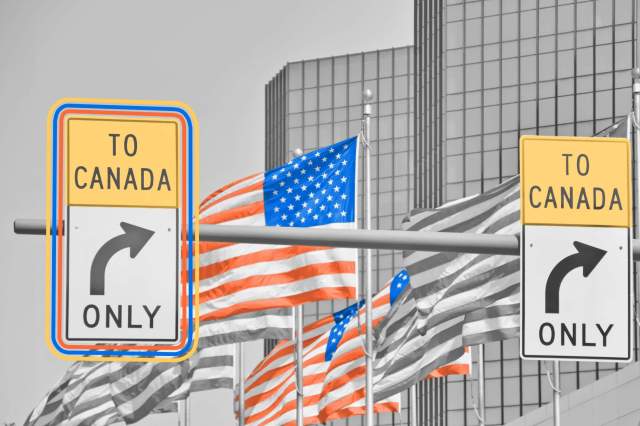
Numbers Don't Lie

The coldest city in the world is ______ with a recorded low of -83.9 degrees Fahrenheit.

Ready to reveal?
Confirm your email to play the next question?

The coldest city in the world is Yakutsk, Russia, with a recorded low of -83.9 degrees Fahrenheit.

A stretch of Canadian coast has been burning for millennia.
In the far north of Canada’s Northwest Territories — sandwiched between the Yukon in the west and Nunavut in the east — lies a strange geological phenomenon: a strip of coast that’s been constantly burning for thousands of years. Aptly named the “Smoking Hills,” this fuming piece of northern coastline near Cape Bathurst was mentioned in the early 1800s by Irish explorer Captain Robert McClure, whose crew was in search of the missing Franklin expedition. When McClure saw the smoke, he thought maybe it was from campfires belonging to the missing crew, but a closer inspection found no people — just smoke. Some of McClure’s men even grabbed pieces of the burning shale, which, when placed on the captain’s desk for inspection, reportedly burned a hole straight through. At the time, the explorers believed this unending burning was caused by some unseen volcanic activity, but in reality it was something else entirely. Underground oil shales rich in sulfur and brown coal cause spontaneous ignition as the rock erodes and these deposits are exposed to oxygen. The resulting sulfur dioxide has essentially created a micro-ecosystem with incredibly high acidity. Of course, few people ever lay eyes on this strange landscape, since it’s accessible only by boat or helicopter, temperatures are often bone-chillingly cold, and just standing near the site is incredibly toxic to humans. It goes without saying that the Smoking Hills won’t be featured in Canadian tourism ads anytime soon.
















